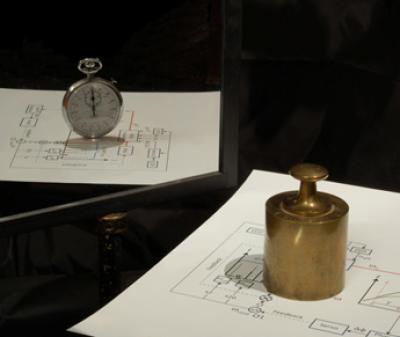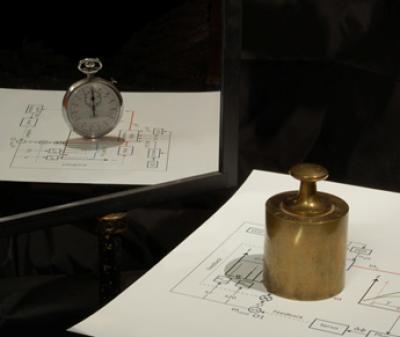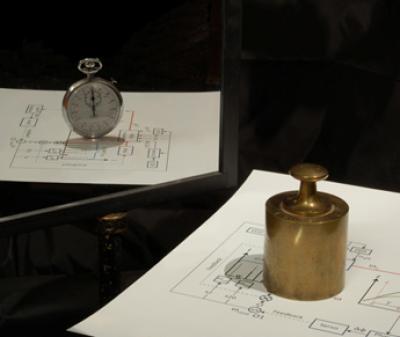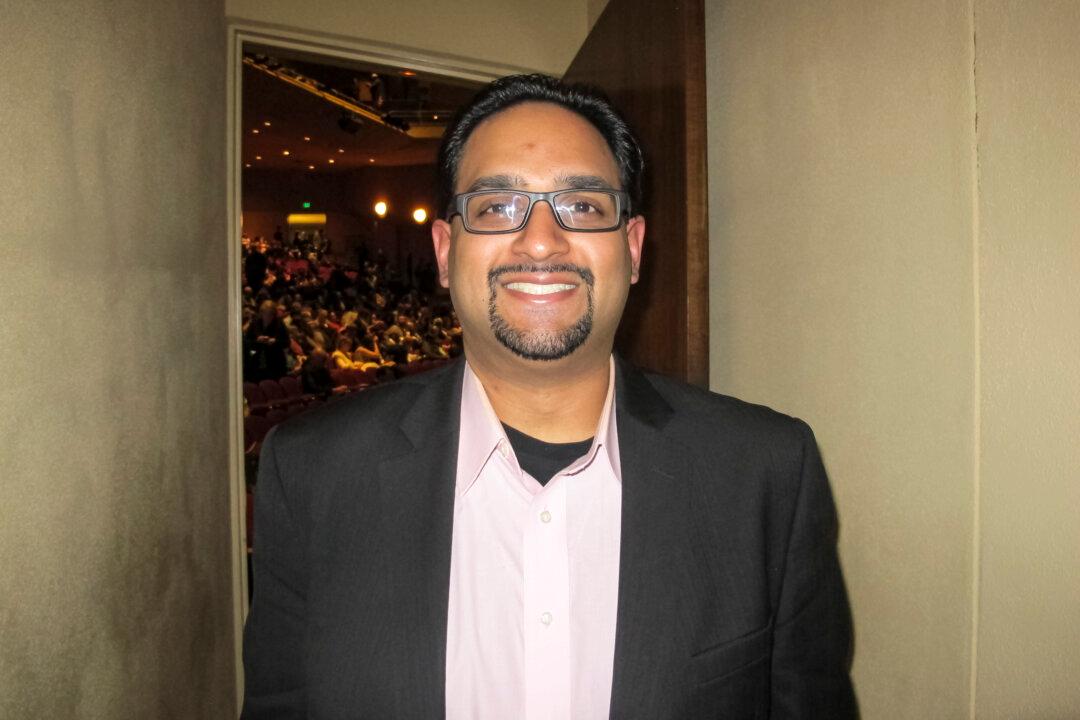A physics professor has invented a new way to make a clock using cesium atoms, based on quantum mechanics and the wave-particle duality of matter.
Holger Müller, an associate professor at the University of California-Berkeley, had the idea to count the oscillations of a matter wave and use them to tell time.
“A rock is a clock, so to speak,” Müller said in a press release. “When I was very young and reading science books, I always wondered why there was so little explanation of what time is.”
“Since then, I’ve often asked myself, ‘What is the simplest thing that can measure time, the simplest system that feels the passage of time?’ Now we have an upper limit: one single massive particle is enough.”
Müller’s clock is called a Compton clock since it uses the Compton frequency of matter waves. Matter, such as cesium atoms, oscillates a certain number of times per second.
Müller’s method also uses Einstein’s theory of relativity, in which time slows down for a moving object. For example, a twin goes traveling through the stars, and when he returns, he’s younger than his twin back on Earth because time slowed down for him.
In the same way, time slows down for a cesium atom that moves. Müller used a laser to make some cesium atoms move while others stayed still.
The cesium that stayed still oscillated 10 million billion billion times per second. The cesium that moved oscillated 100,000 fewer times per second than that, and Müller figured out how to measure this tiny difference.
He measured it with an atom interferometer, and he used that measurement to tell time.
“Our clock is accurate to within 7 parts per billion,” Müller said.
“That’s like measuring one second out of eight years, about as good as the very first cesium atomic clock about 60 years ago. Maybe we can develop it further and one day define the second as so many oscillations of the Compton frequency for a certain particle.”
The paper was published in the journal Science in the Jan. 11 issue.
The Epoch Times publishes in 35 countries and in 20 languages. Subscribe to our e-newsletter.






